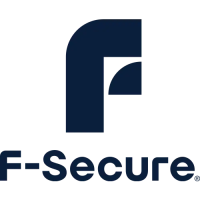CHAPTER 7 73
Command Line Tools
7.1 Overview
For more information on command line options, see “Man Pages”, 102.
7.2 Virus Protection
You can use the fsav command line tool to scan files and the dbupdate
command line tool to update virus definition databases from the shell.
7.2.1 fsav
Follow these instructions to scan files from the shell:
› To scan all default file types on all local disks, type:
fsav /
› To scan all files in a directory and its subdirectories, enter the
directory name. For example:
fsav mydirectory
› To scan a single file, enter the file name (without wildcards). For
example:
fsav myfile.exe
Note that the recursive scan detects mounted network file system
subdirectories and does not scan network file systems. Scanning a
network file system from the client workstation would create unnecessary
load on the network and it is much slower than scanning the local file
system.
If you want to scan the network file system, run fsav / on the server.
If you cannot run fsav on the server, you can scan the network file
system from the client workstation by explicitly specifying mounted
network file system directories on the fsav command line.
For example, if an NFS file system is mounted in /mnt/server1, scan it
with the following command:
fsav /mnt/server1

